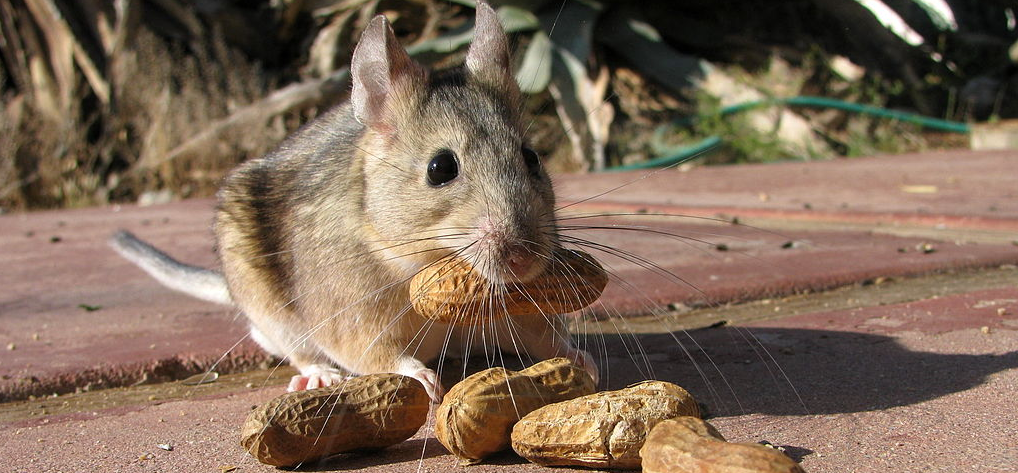|
|
References
-
1- Brown KM, Arthur JR. Selenium, selenoproteins and human health: a review. Public Health Nutr. 2001; 4:593-9.
-
2-GeneCards: Human Gene Database
-
-
3- Guénet JL. The mouse genome. Genome Res. 2005; 15: 1729-1740.
-
4- Kasaikina MV, Hatfield DL, Gladyshev VN. Understanding selenoprotein function and regulation through the use of rodent models. BBA Molecular
Cell Research. 2012; 1823: 1633–1642.
-
5- Lu J, Holmgren A. Selenoproteins. J Biol Chem. 2009;284(2):723-7.
-
6- Mariotti M et al. Composition and evolution of the vertebrate and mammalian selenoproteomes. PLoS ONE. 2012; 7: 1-18.
-
7- Mariotti M, Lobanov AV, Guigo R, Gladyshev VN. SECISearch3 and Seblastian: new tools for prediction of SECIS elements and selenoproteins. Nucl Acids Res. First published online June 19, 2013 doi:10.1093/nar/gkt550.
-
8- NCBI: Homo sapiens
-
9- NCBI: Mus musculus
-
10- NCBI: Rattus norvegicus
-
11- SECISearch3 & Seblastian
-
12- SelenoDB
-
13- Vanda L, Lu J, Holmgren A, Khanna KK. From selenium to selenoproteins: synthesis, identity, and their role in human health. Antioxid Redox Signal. 2007; 9: 775-806.
-
14- Viquipèdia: Neotoma lepida
-
15- Wikicommons
|

